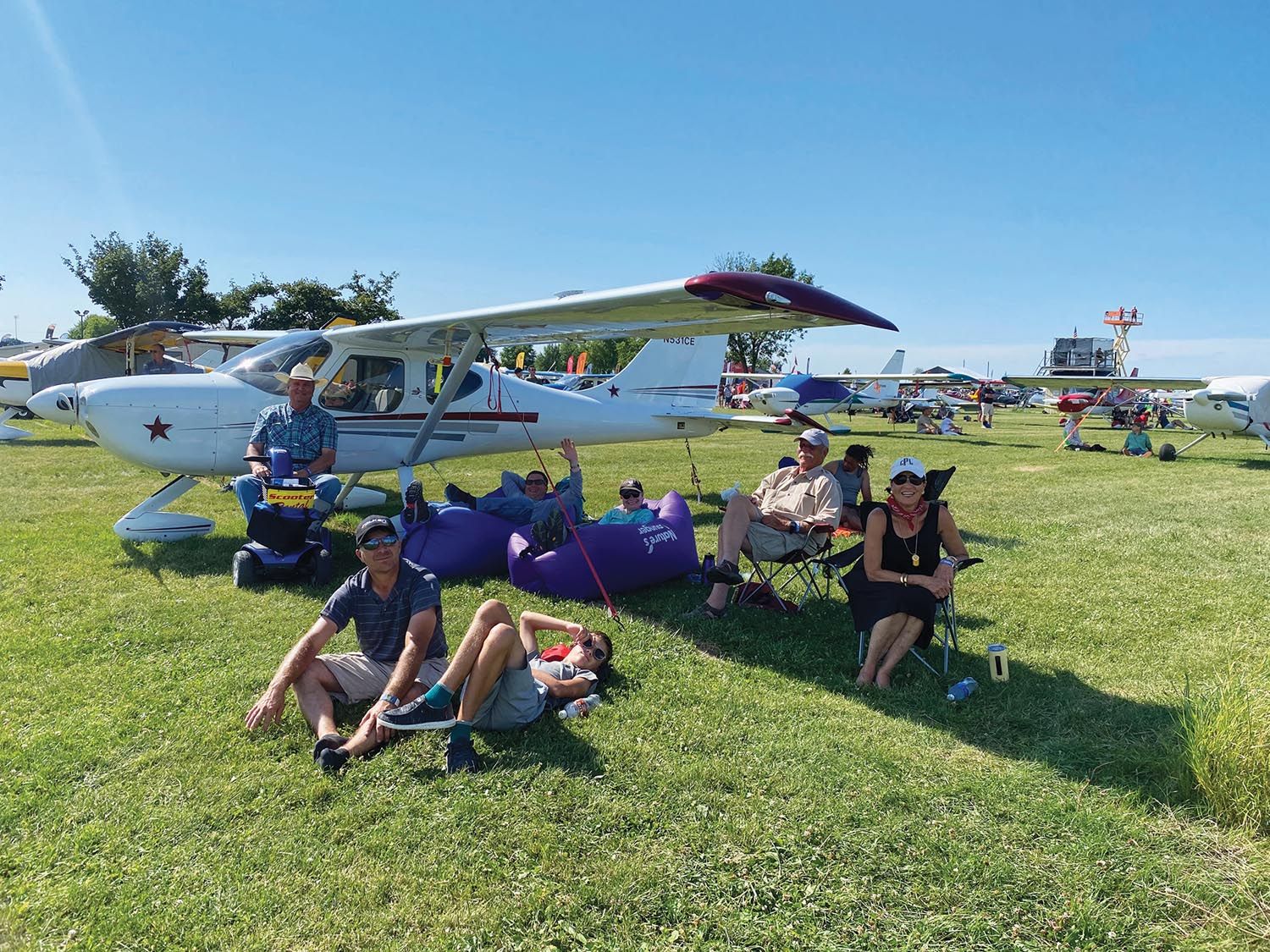
This year’s AirVenture set records for attendance, so says EAA. I learned this after the show, but I could have predicted the press release on my first full day on-site. Omar Filipovic (our esteemed web editor, wrangler of the ones and zeros) and I flew my GlaStar into Wittman on Sunday morning, technically the day before AirVenture begins, to find many, many airplanes and people already there. The North 40 camping was filling up and Camp Scholler was by then a sea of Winnebago.
Last year’s event, after a hiatus in 2020, seemed strong enough and much of the good mood centered on a simple return to summertime’s aviation ritual. It felt different for 2022. Forced to use a blanket term, I’d say “optimistic” or even “upbeat.” Weather may have had something to do with the mood. Aside from a line of thunderstorms that blew through on Saturday night—Omar and I were in Madison, Wisconsin, with fellow GlaStar and Sportsman owners in preparation for the next day’s mass arrival, and got just a sliver of the fun—the weather through the week was magnificent. A few days after the event, I was speaking with EAA’s Charlie Becker, an Oshkosh local, who said it was among the best weather he’d ever seen at the show. I’ve been going since 1988, albeit not continuously, and I’d agree. Sunny skies and moderate temps will put a spring in your step every time.
Making the Trip
Mainly due to logistics, I don’t fly myself to AirVenture every year. This year, though, Omar and I left my home base in Oregon on a cloudy (surprise!) Friday morning, flew IFR through a thin, ice-free cloud deck and then seamlessly on toward Helena, Montana, for the first of two fuel stops. It was smooth and we had a tailwind. I should have expected trouble!
It came just after the fuel stop, when Omar noticed fuel appearing at one of the inspection panels under the right wing. My thoughts went to the worst case: a broken or loose fuel line between the outboard (auxiliary) tank and the main inboard. But it was a drip, not a gusher. After pulling several of the inspection panels, it was clear that the connecting line was dry. (I had, just prior to the show, pulled the transfer pump so that I could replace a fuel-presence sensor attached to it; the sensor tells me when the line between the pump and the aux tank is dry so that I’m alerted to turn off the pump.)
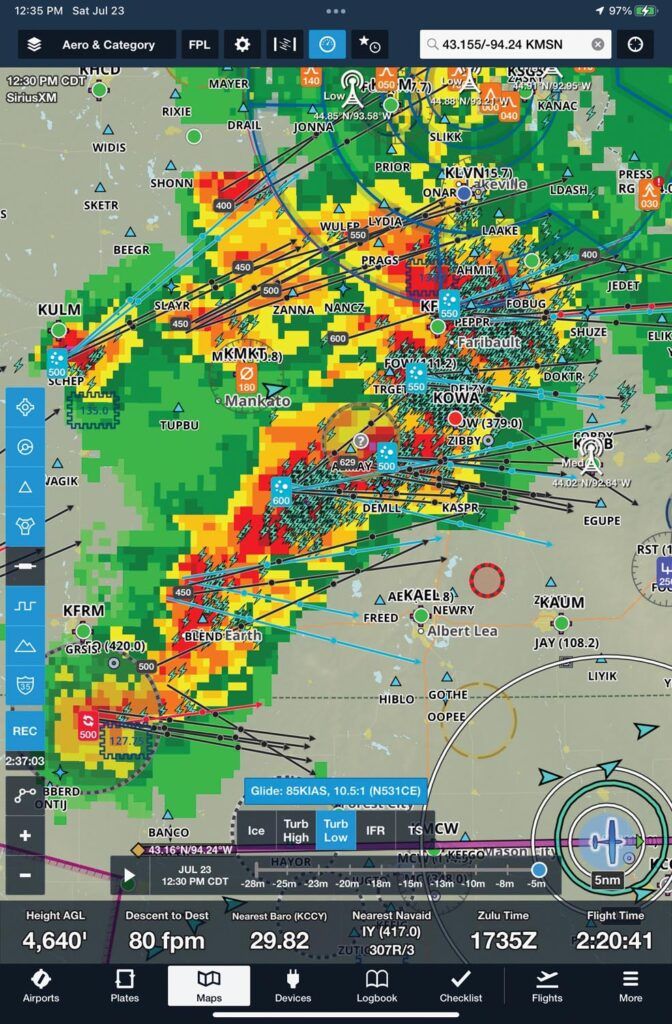
So what could it be? As I was feeling around inside the wing and trying to determine where the fuel, which had pooled in just one bay inside the lower skin, had come from, Omar rocked the wing and I felt a drip on top of my hand. Wait, what? There’s nothing along the top of the wing except…the vent line. And there it was. The inline connector for the main-tank vent line was leaking—obviously, only something you see when there’s fuel in that line, as you would when filling in the heat of the day. Moreover, the connector was a special no-tools version made specifically for harsh chemicals. Maybe so, but it persisted leaking even after reseating the ¼-inch line. Fortunately, there are other ¼-inch lines in the airplane, so I borrowed an inline connector and made the fix, which held for the rest of the trip.
Our overnight stop was Aberdeen, South Dakota, whose Hangar 9 FBO deserves high praise for reasonably priced fuel and super service. We made Madison by early afternoon on Saturday after making an end run around the series of storms that would move east and beat on Oshkosh. The next morning we were delayed by Wittman going IFR briefly, then launched before the field had really gone VFR, resulting in a few circles around a lovely Wisconsin lake before eventually being allowed to head in.
You’ve heard it many times, but I need to reiterate that the controllers working OSH do a universally fabulous job, keeping their cool while a handful of pilots lose theirs. I heard only one who clearly hadn’t read the arrival notice and tried to negotiate his own approach in real time. The controller calmly sent him to the back of the line.
Arriving at AirVenture is always special. I wish my actual landings there were, but you’re constantly aware of the traffic ahead of and behind you, plus hitting your allotted colored dot. We’ll just say that any landing that allows you to reuse the airplane is good enough.
A Few Highlights
I hope you’ve already seen much of our coverage of the show online. Our staff and band of dedicated contributors posted more than 100 stories from AirVenture (and a few videos), and even that didn’t cover everything. The show is that big and that varied—even if it were open 24 hours a day and you never slept, you might still not be able to see everything.
New avionics were in short supply, in part stemming from continued supply chain issues that have prevented even giants like Garmin from being able to keep up with demand. Manufacturers are still quietly redesigning well-known devices to remove components either no longer available or fantastically slow in arriving—this takes time and engineering resources that might otherwise be put toward new products.
One exception is the new Advanced Flight Systems AF-6600 EFIS. Advanced’s founder and chief designer Rob Hickman told me that the display manufacturer said it would no longer be making the displays needed, and that put in motion a search for a replacement. LCD technology has improved a lot over the last few years, driven by smartphones and televisions. He upgraded the processor and refined the software. It’s a really nice piece of work. In some ways, AFS gets lost in the Garmin-or-Dynon? discussions, and that’s too bad—the new box is very impressive.
The RV-15
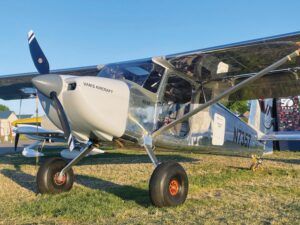
As expected, the Van’s RV-15 in many ways stole the show. I had fleeting concerns that I was just a little too close to the project and our coverage of it to be unbiased. But the response surprised even the Van’s staff. When the airplane was brought into the display booth, it was mobbed within seconds of the engine stopping. Many Lindbergh jokes were made, with Van’s Rian Johnson quipping that he hoped they wouldn’t start taking pieces of the airplane.
The engineering test airplane was almost never without humans around it, humans who asked thousands of questions and made an equal number of suggestions. I know that Van’s staff is taking them back home to meld with their own first impressions of the airplane. I also know what an exhausting push it was to get the RV-15 ready for AirVenture but in many ways the real hard work begins.
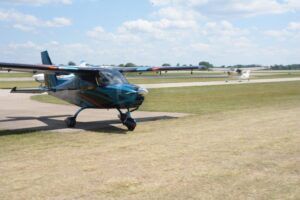
It was good to see the Sling High Wing make an appearance as well, in both trike and taildragger form. The two airplanes on display were very well finished, and I’m told that Sling has more than 200 orders in hand from around the globe. We also saw evidence of Murphy Aircraft’s renaissance with a customer Radical on display as well as a tri-gear Moose in development. Glasair Aviation was back at AirVenture and there were Cubalikes—CubCrafters, Legend, et al.—everywhere you looked. You could almost imagine the stalwarts like Kitfox, RANS and Zenith, whose high-wingers have been doing well for a long time now, metaphorically asking, “What, are we yesterday’s pizza?”
The Fuel Saga Continues
The drama that is the replacement for leaded avgas carried on at AirVenture. GAMI, whose G100UL fuel was given STC approval for a limited number of engines last year, discussed the ongoing saga of trying to get a much broader STC approved. GAMI announced in April that the FAA’s Wichita Aircraft Certification Office had approved another STC that, in essence, covers every single spark-ignition aviation engine made.
Basically, FAA management has stomped the brakes after its own certification office had not only approved the broad STC but had committed a separate review of the process. Another TAB (technical advisory board) was convened to review “concerns” about the fuel as well as GAMI’s testing. GAMI’s George Braly commented at an AirVenture forum that virtually all of the new concerns had either been thoroughly answered in previous documentation or could be remedied easily, such as changing the color of G100UL so that it couldn’t be mistaken for “bad Jet A.”
If you watch the comments from the EAGLE program, the industry group that includes EAA, AOPA and GAMA—and is the modern version of the much-derided PAFI fuels program that failed to give us a “drop-in” solution for 100LL—the concerns appear to be on the approval process. As though somehow the STC process isn’t the right vehicle for a fuel approval. Instead, there should be industry consensus and an agreed-upon spec that anyone could use to make unleaded avgas of at least 100 octane. If the STC process isn’t the right vehicle, someone should tell Swift Fuels, which said at AirVenture that it was pursuing an STC—underpinned by a “bulletproof review process,” according to Swift—for its upcoming (sometime in 2023, they say) 100R unleaded avgas. What’s more, if there are issues with either the STC process or GAMI’s G100UL fuel itself, why hasn’t the FAA rescinded the original STC?
One practical concern is fungibility: Can whatever 100LL replacement be used alongside our current fuel? GAMI has proven that any combination of G100UL and 100LL in an aircraft’s fuel tanks is a fully conforming fuel. Period, end of discussion. You could tank up on G100UL at home, refill on the road with 100LL, no problem. It has to be this way, and one would assume (I say this carefully) that Swift’s fuel would have the same properties. It’s impossible to switch everyone over from 100LL to whatever the solution might be overnight, so the fuels have to be compatible. One of them, today, is proven to be.
Swift says it will have its fuel out next year while GAMI has been flying G100UL for more than a decade in its own turbonormalized Cirrus SR-22. GAMI also has a distribution partner in Avfuel and hints that ExxonMobil is lined up to
produce G100UL.
The goal of EAGLE is a replacement fuel by the end of 2030. I don’t think we have that much time. Even though the EPA’s “endangerment finding,” due sometime this year, might take several more years to effectively outlaw leaded fuels, there are many reasons right now—mechanically, politically, practically—to move over to an unleaded alternative much more quickly than that.
Quick footnote: As of September 1, 2022, the FAA had finally approved GAMI’s broad STC to use G100UL in certified aircraft. Now that all of the GA fleet can use the fuel, it’s up to GAMI to complete agreements to have the fuel produced and distributed. But approval of the fuel is critical first step in the process.

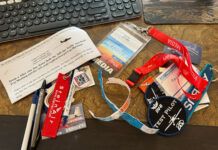
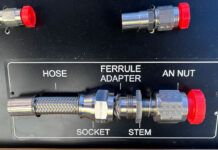
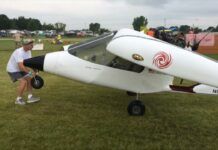
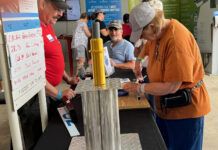
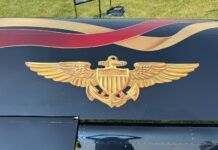
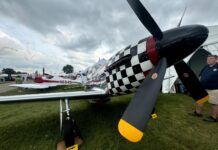



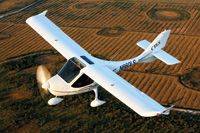
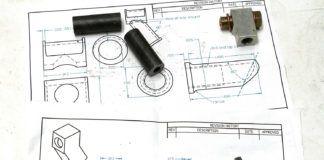

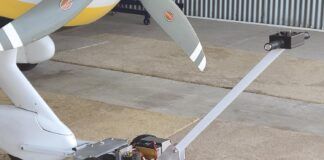
I overnighted in a hotel a few small towns away on Saturday. That storm looked too bad for camping. I camped the rest of the week with just a sprinkle of rain late in a single evening.
It was perfect all week camping.
I’ve also submitted this in a letter to the editor.
You wrote, “We’ll just say that any landing that allows you to reuse the airplane is good enough.”
May I submit Dan’s Law of Aviation. The quality of one’s landing is inversely proportionate to the number of people watching.
Dan Branstrom